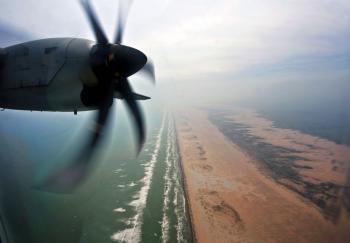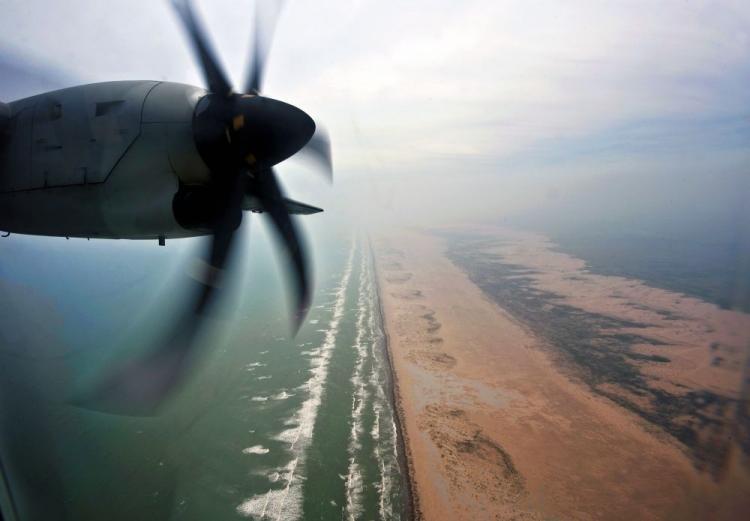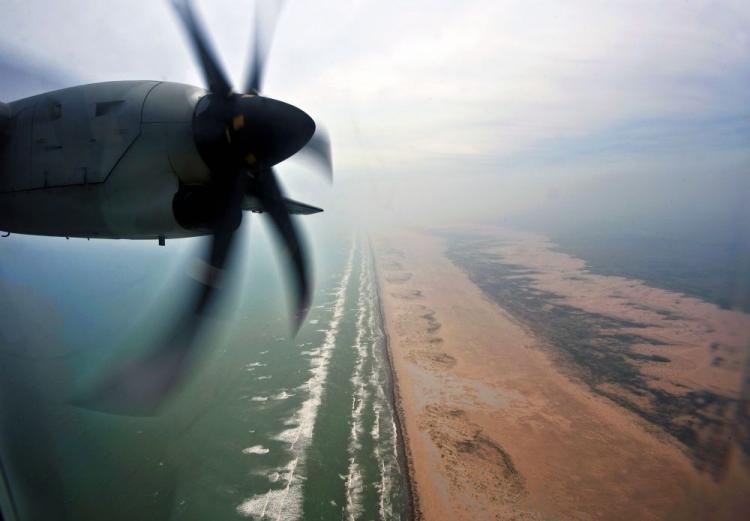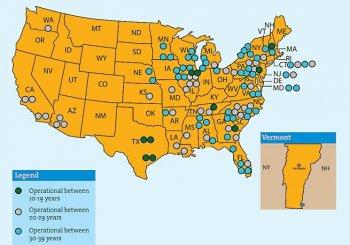Although the oil spill currently expanding in the Gulf of Mexico is officially said to be at 5,000 barrels a day, the actual size of the leak may be bigger, according to some sources.
While the officials remained that estimations are only estimations, scientists proposed an alternative, and possibly more accurate way of measuring.
Several days ago, when a BBC journalist asked Kent Wells, BP’s senior vice president, whether the rate of expansion of the spill could actually be greater than 5,000 barrels a day, Wells said that he had never given that figure.
“There’s just no way to measure [the size of the oil spill],” he said.
Later on, Tony Hayward, BP’s chief executive, stepped in and said that the official figures had been estimated, but that these estimations are only estimations.
According to some scientists, measuring the size of a sizeable oil leak taking place 5,000 feet below the surface of the water is bound to pose difficulties for anyone hoping to measure the rate of spillage. Yet some methods are will work better than others.
A recent New York Times article reported that there is reason to suspect that methods used to calculate the size of the oil spill are unsound.
According to the article, the size of the oil spill “appears to have been calculated using a method that is specifically not recommended for major oil spills.”
Scientists who have used a different approach in calculating the size of the oil spill using satellite imagery have estimated that the actual size of the oil spill may actually be four or five times that of official numbers.
The National Oceanic and Atmospheric Administration (NOAA), the organization responsible the current official estimates, has been secretive about the math they used for their calculations, rejecting requests for disclosure of their specific methods.
The EPA also recently speculated that the dispersant currently used by BP is harming the ocean environment, and less effective than other alternatives suggested by the EPA.
While the officials remained that estimations are only estimations, scientists proposed an alternative, and possibly more accurate way of measuring.
Several days ago, when a BBC journalist asked Kent Wells, BP’s senior vice president, whether the rate of expansion of the spill could actually be greater than 5,000 barrels a day, Wells said that he had never given that figure.
“There’s just no way to measure [the size of the oil spill],” he said.
Later on, Tony Hayward, BP’s chief executive, stepped in and said that the official figures had been estimated, but that these estimations are only estimations.
According to some scientists, measuring the size of a sizeable oil leak taking place 5,000 feet below the surface of the water is bound to pose difficulties for anyone hoping to measure the rate of spillage. Yet some methods are will work better than others.
A recent New York Times article reported that there is reason to suspect that methods used to calculate the size of the oil spill are unsound.
According to the article, the size of the oil spill “appears to have been calculated using a method that is specifically not recommended for major oil spills.”
Scientists who have used a different approach in calculating the size of the oil spill using satellite imagery have estimated that the actual size of the oil spill may actually be four or five times that of official numbers.
The National Oceanic and Atmospheric Administration (NOAA), the organization responsible the current official estimates, has been secretive about the math they used for their calculations, rejecting requests for disclosure of their specific methods.
The EPA also recently speculated that the dispersant currently used by BP is harming the ocean environment, and less effective than other alternatives suggested by the EPA.





Friends Read Free